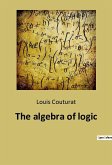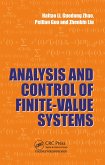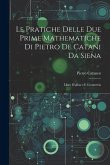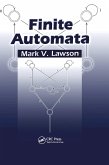This research paper continues [15]. We begin with giving a profound overview of the structure of arbitrary simple groups and in particular of the simple locally finite groups and reduce their Sylow theory for the prime p to a quite famous conjecture by Prof. Otto H. Kegel (see [38], Theorem 2.4) "Let the p-subgroup P be a p-uniqueness subgroup in the finite simple group S which belongs to one of the seven rank-unbounded families. Then the rank of S is bounded in terms of P.") about the rank-unbounded ones of the 19 known families of finite simple groups. We introduce a new scheme to describe the 19 families, the family T of types, define the rank of each type, and emphasise the rôle of Kegel covers. This part presents a unified rather complete picture of known results all of whose proofs are by reference. Subsequently we apply new ideas to prove the conjecture for the Alternating Groups. Thereupon we are remembering Kegel covers and -sequences. Next we suggest future research by stating a way 1) and a way 2) how to prove and even how to optimise Kegel's conjecture step-by-step or peu à peu which leads to Conjecture 1, Conjecture 2 and Conjecture 3 thereby unifying Sylow theory in locally finite simple groups with Sylow theory in locally finite and p-soluble groups whose joint study directs very reliably Sylow theory in (locally) finite groups. For any unexplained terminology we refer to [15]. We then continue the program begun above to optimise along the way 1) the theorem about the first type = An of infinite families of finite simple groups step-by-step to further types by proving it for the second type = A = PSL n . We start with applying new ideas to prove Conjecture 2 about the General Linear Groups over (commutative) locally finite fields, stating that their rank is bounded in terms of their p-uniqueness, and break down this basic insight to the Special Linear Groups and the Projective Special Linear (PSL) Groups over locally finite fields. We close with suggestions for future research regarding the remaining rank-unbounded types (the beautiful "Classical Groups") and the way 2), regarding (locally) finite and p-soluble groups, and regarding our new perceptions of the very pioneering contributions by Cauchy and by Galois to Sylow theory in finite groups. We hope to enthuse group theorists with these suggestions and are ready to coördinate related research work. We include the predecessor research paper [15] as an Appendix.
Hinweis: Dieser Artikel kann nur an eine deutsche Lieferadresse ausgeliefert werden.
Hinweis: Dieser Artikel kann nur an eine deutsche Lieferadresse ausgeliefert werden.







